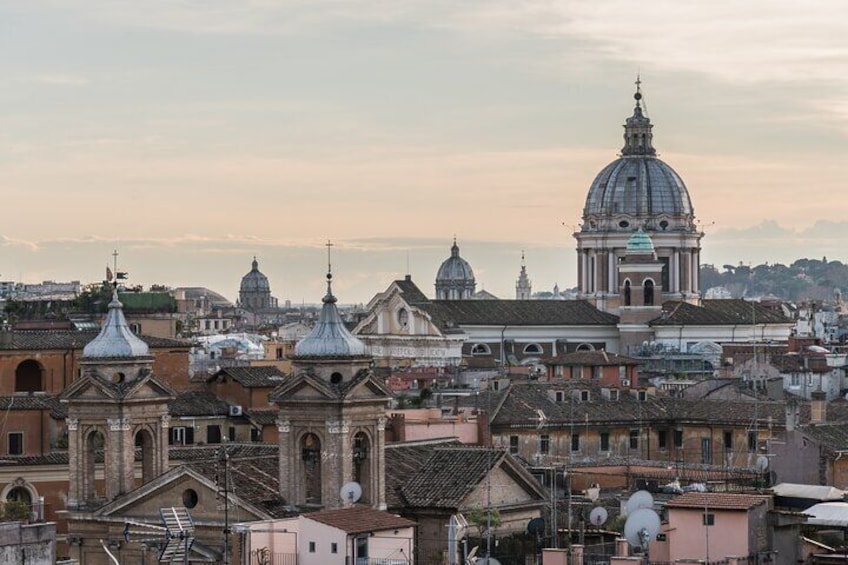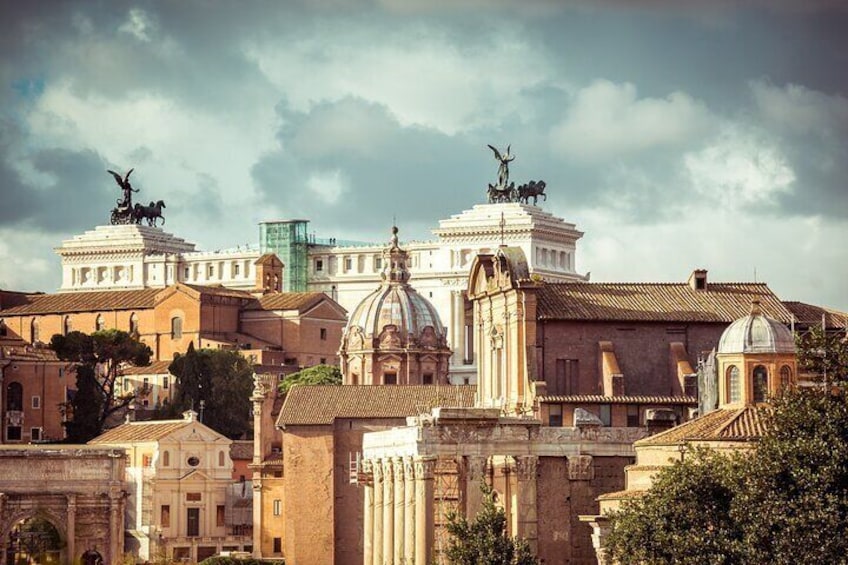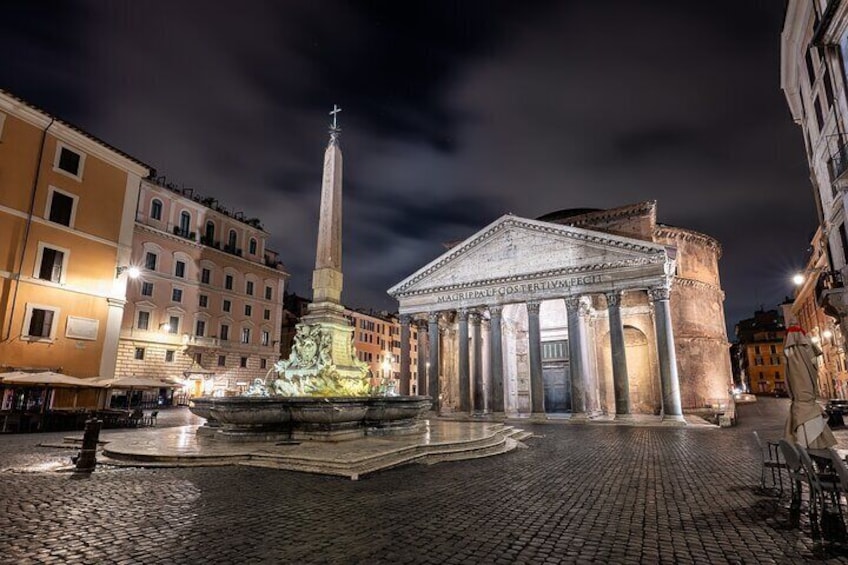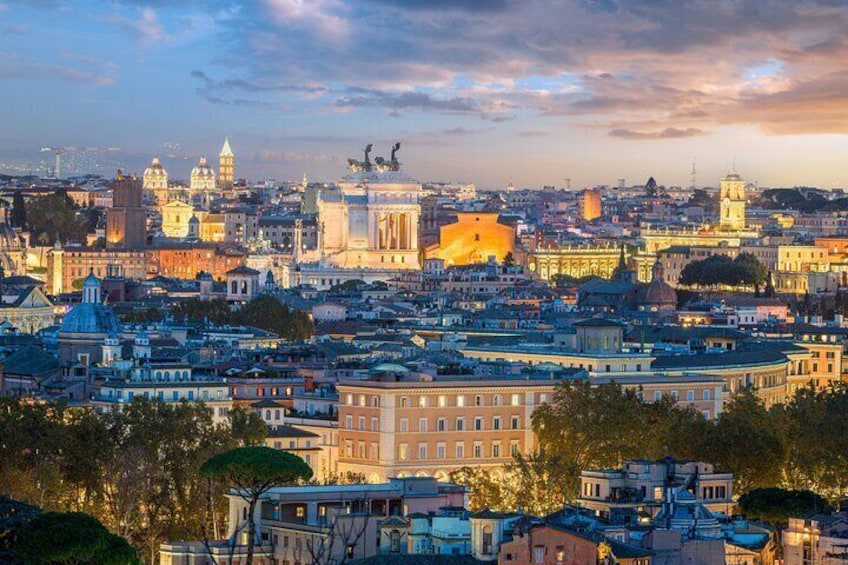Earn OneKeyCash when you sign in and book an activity





Rome Best Kept Secrets: Self-Guided City Tour
Features
- Free cancellation available
- 7h 30m
- Mobile voucher
- Instant confirmation
Overview
Experience Rome at your own pace with an interactive self-guided tour app that combines classic highlights with lesser-known discoveries. This app leads you from iconic sites like the Colosseum and Roman Forum to the atmospheric neighborhoods of Trastevere, providing a well-rounded immersion in the city’s history and daily life. Designed for enthusiasts of history, art, and culture, the tour features detailed audio guides, unique stories, and interactive offline maps that make exploring the city effortless—whether pausing for gelato in scenic piazzas or spending extra time at renowned museums.
Navigate more than 30+ points of interest seamlessly, enjoying full offline access and maps directions so you never lose your way. Every stop reveals surprising details about Rome’s architecture, artistic contributions, and local customs, encouraging a deeper understanding of its heritage.
Activity location
- Piazza del Campidoglio
- Rome, Italy
Meeting/Redemption Point
- Basilica of San Clemente
- Piazza di San Clemente
- 00184, Roma, Lazio, Italy
Check availability
Rome's Hidden Gems Self Guided
- 7h 30m
- English
Rome's Hidden Gems Tour: Rome's Hidden Gems Self Guided City Tour: 1 Self-guided audio tours with 30+ unique and lesser-know spots
What's included, what's not
- Self-guided walking tour (app)
- Digital Map
- Private transportation
- Ticket fees for tourist and cultural attractions.
- Our app-based self-guided tour has no physical guide on-site.
Know before you book
- Not recommended for travelers with spinal injuries
- Not recommended for travelers with poor cardiovascular health
- Public transportation options are available nearby
- Suitable for all physical fitness levels
Activity itinerary
Basilica of San Clemente (Pass by)
Colosseum (Pass by)
Roman Forum (Pass by)
Piazza del Campidoglio
- 1h
Monumento a Vittorio Emanuele II
- 30m
Jewish Community Of Rome
- 30m
Trastevere
- 1h
Navona / Pantheon / Campo de’ Fiori
- 30m
Pantheon (Pass by)
Palazzo Doria Pamphilj (Pass by)
Trevi Fountain
- 30m
Spanish Steps
- 30m
Via Margutta
- 30m
Piazza del Popolo
- 30m
Villa Borghese
- 30m
St. Peter's Square
- 45m
Location
Activity location
- Piazza del Campidoglio
- Rome, Italy
Meeting/Redemption Point
- Basilica of San Clemente
- Piazza di San Clemente
- 00184, Roma, Lazio, Italy